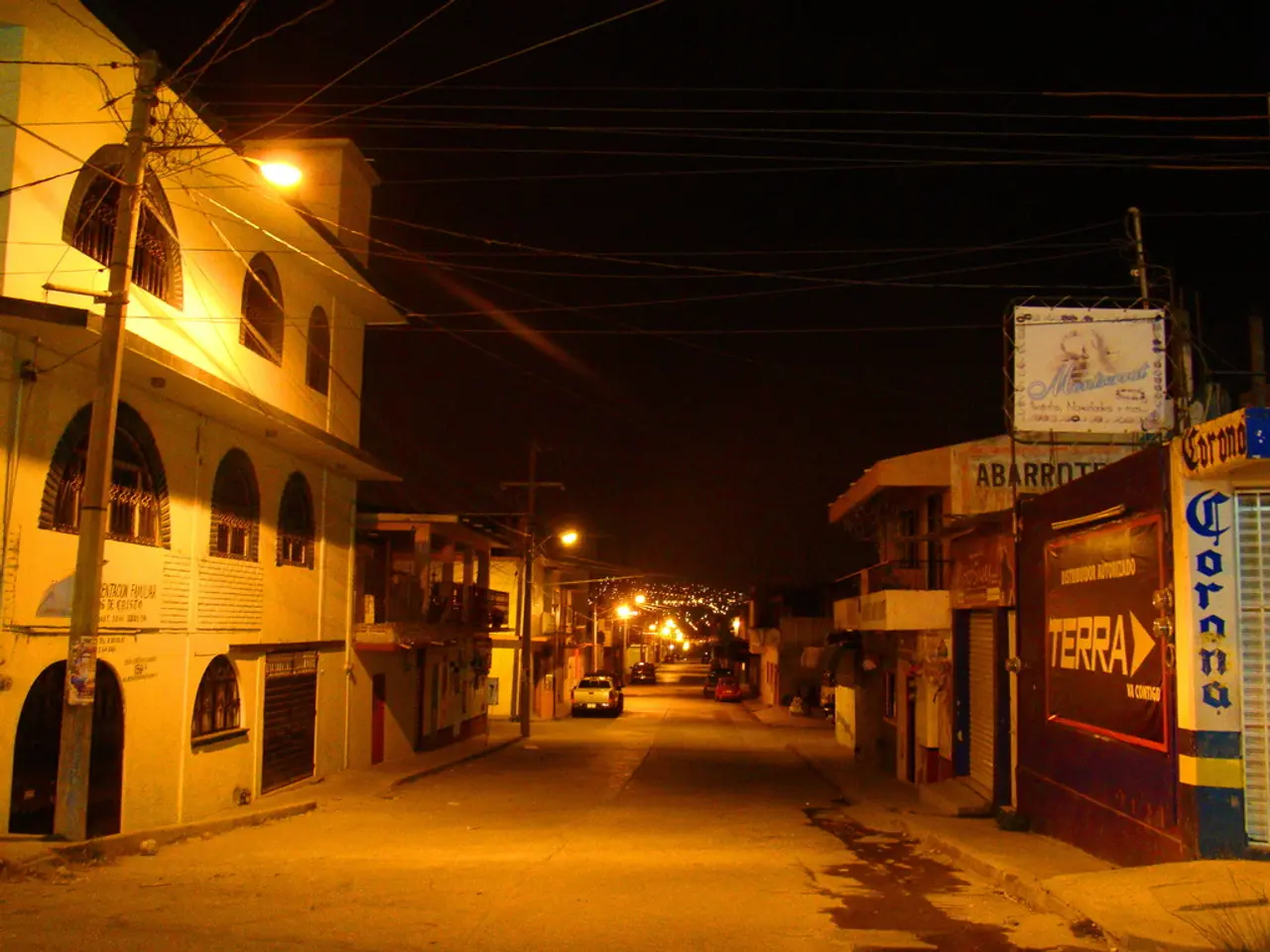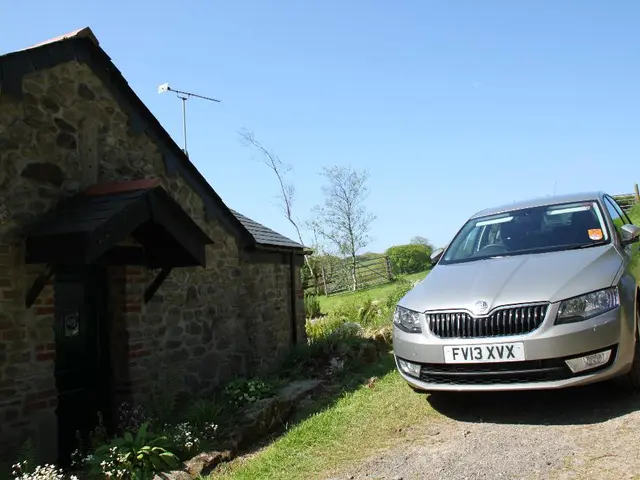Portugal's EDP dives into bi-directional charging systems, disregarding the absence of a comprehensive regulatory structure in the nation
In the pursuit of a sustainable future, EDP, a leading Portuguese energy company, is making significant strides in the electric mobility sector. With over 3,300 contracted public charging points, EDP's infrastructure has enabled more than 200 million kilometres of electric travel and avoided over 20,000 tonnes of CO2 emissions.
EDP's innovative approach extends beyond traditional charging solutions. The company treats electric cars as assets that can contribute to the stability of the infrastructure, with its Vehicle-to-Grid (V2G) functionality. This cutting-edge technology allows electric vehicles to act as energy storage units, feeding power back into the grid during periods of high demand.
The effective implementation of V2G technology, however, must comply with the Alternative Fuels Infrastructure Regulation (AFIR) and the Renewable Energy Directive (RED) III, two European policies aimed at promoting the development of these functionalities. EDP in Portugal has advocated for regulatory measures including grid tariff adjustments, incentives for V2G technology adoption, and standards for bidirectional charging infrastructure to facilitate the effective deployment of V2G systems.
Decarbonising the electricity system requires accelerating the transition to renewable energy and a decentralised grid system, according to EDP Portugal. To this end, the company is exploring smart charging solutions to mitigate power limitations of the electrical grid and is researching solutions to increase clean energy capacity and manage growing demand from electric vehicles.
EDP's commitment to V2G is a tangible reality in their current projects, as demonstrated by their collaboration with Petroprix in Spain. Together, they have implemented ultra-fast charging points equipped with batteries that are recharged when the chargers are not in use. EDP also recently launched an offer allowing fleet managers to provide integrated charging solutions to employees.
Moreover, EDP stands out in the private charging sector with a diverse portfolio of products and services for families and businesses. The company's EDP Charge platform enables effective management of energy consumption during EV charging, improving energy efficiency in buildings and local networks. Reducing the need for additional investments in the electrical grid is a significant benefit of intelligent management with the EDP Charge platform.
Bidirectional charging could play a crucial role in managing the grid and transforming electric vehicles into small mobile energy storage stations. EDP emphasizes the need for a favourable regulatory framework to address challenges and ensure the effective implementation of solutions.
Innovation and technology are key to keeping pace with the development of electric mobility in Portugal and globally, according to EDP. The company plans to continue expanding its network through partnerships with private companies and public tenders, ensuring a greener and more sustainable future for all.
Notably, over 500 chargers have been installed at strategic locations for CTT (Correios de Portugal), making it the largest private network in the country. EDP's V2G initiative is not just a step towards a greener future; it's a leap forward in the right direction.
Read also:
- Nuclear Ambitions at a U.S. Airport Spark Controversy, With Opposition Swelling
- Veolia advocates for sustainability by financing eco-friendly environmental projects
- Airbus is escalating the standards for eco-friendly aircraft fuel
- Brazil's "Battery Circularity" Initiative Targets the Domestic Electric Vehicle Sector








